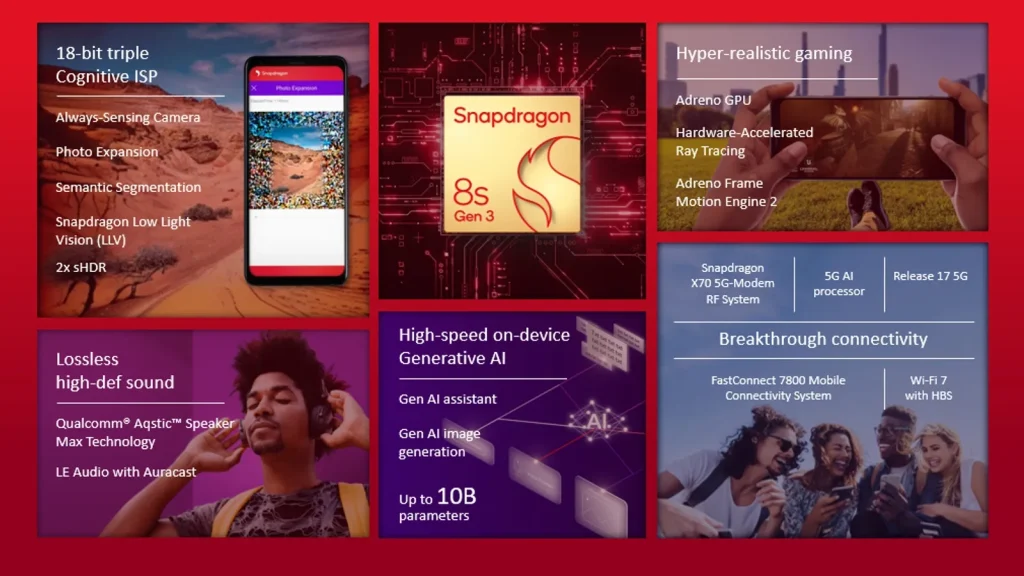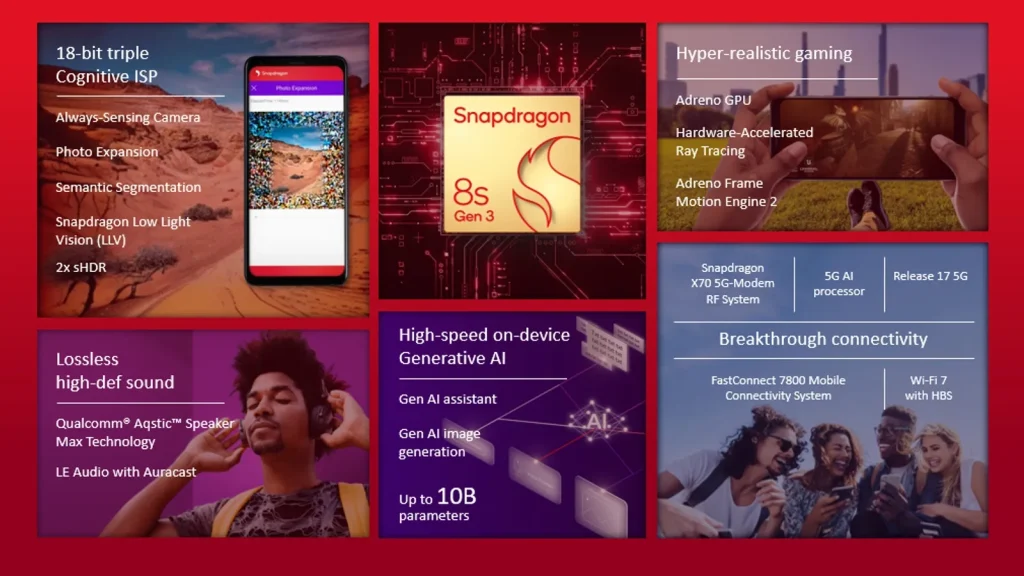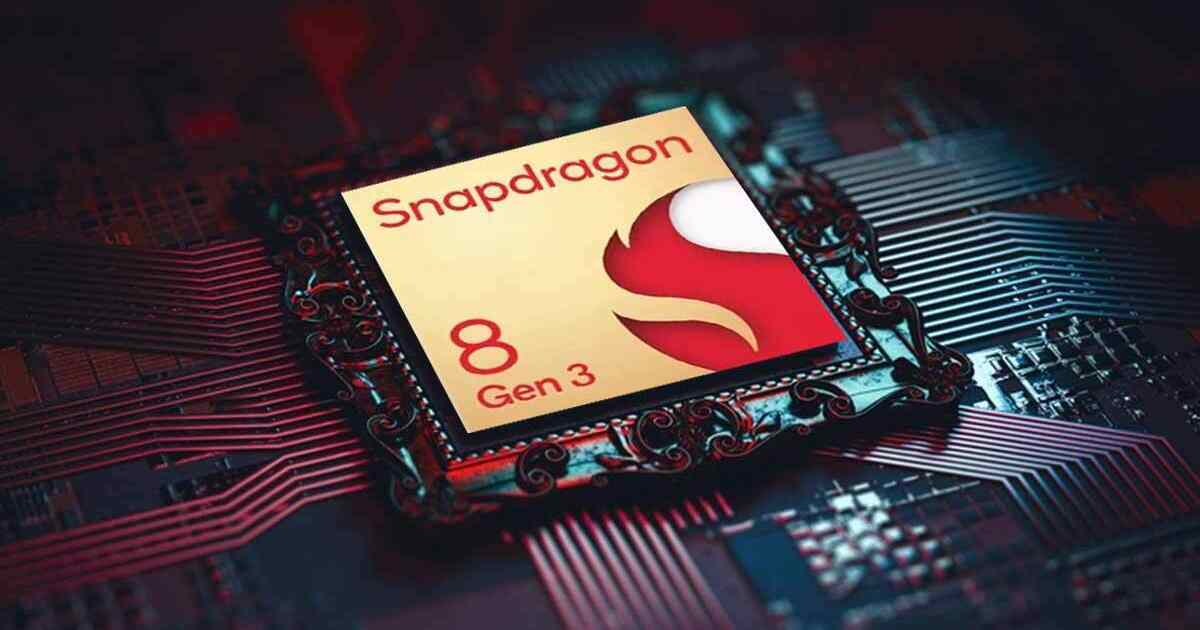The Snapdragon 8s Gen 3 processor offers support for large language models and on-device AI with up to 10 billion parameters, facilitating functionalities such as generative AI assistants, local image creation, and improved camera capabilities.
On Monday, Qualcomm unveiled its newest and inaugural “8s” series high-end mobile platform, the Snapdragon 8s Gen 3, aimed at bringing on-device generative AI capabilities to a broader range of Android devices. Prominent Android manufacturers such as Honor, iQOO, realme, Redmi, and Xiaomi are set to release smartphones powered by the Snapdragon 8s Gen 3 in the upcoming weeks.
Noteworthy features of the Snapdragon 8s Gen 3 include compatibility with significant large language models like Baichuan-7B, Llama 2, and Google’s Gemini Nano. Additionally, the processor can manage on-device AI models containing up to 10 billion parameters.

Chris Patrick, senior vice president and general manager of mobile handsets at Qualcomm Technologies, Inc., stated, “Snapdragon 8s Gen 3 is engineered to elevate user experiences by introducing on-device generative AI and advanced photography features, thereby enhancing creativity and productivity in everyday life.”
The processor’s on-device AI engine is adept at handling various tasks, including a generative AI-powered virtual assistant, image generation, and supporting multi-modal generative AI models. Smartphones equipped with the Snapdragon 8s Gen 3 can provide unique features such as on-device photo expansion. Furthermore, the processor enhances camera capabilities through its 18-bit triple cognitive ISP, underscoring its commitment to boosting the smartphone’s multimedia functionalities.
Snapdragon 8s Gen 3 technical specifications

The Qualcomm Snapdragon 8s Gen 3 is an octa-core processor configured with a prime core running at 3GHz, four performance cores at 2.8GHz, and three efficiency cores that reach up to 2GHz. It’s manufactured using TSMC’s 4nm process technology and includes the latest Adreno GPU for graphics processing.
When comparing the Snapdragon 8 Gen 3 and the Snapdragon 8s Gen 3, distinctions are mainly in the CPU’s clock speed, networking features, graphic capabilities, and AI functionalities. Qualcomm notes that the Snapdragon 8s Gen 3’s graphics performance is positioned between the Snapdragon 8 Gen 2 and Snapdragon 8 Gen 3, with support for real-time hardware-accelerated ray tracing but not Global illumination like the Snapdragon 8 Gen 3.
The Snapdragon 8s Gen 3 is equipped with the Snapdragon X70 5G Modem-RF System, enabling up to 5Gbps download speeds. It supports Wi-Fi 7 and Bluetooth 5.4. For displays, it can handle a 4K resolution at 60fps or a 2K resolution at up to 144Hz.
Camera support includes up to 200 MP sensors, but unlike the Snapdragon 8 Gen 3, it doesn’t support 8K video recording—though it does allow up to 4K 60fps HDR video recording. The processor supports fast UFS 4.0 storage and can work with up to 24 GB of LP-DDR5x RAM, reaching speeds up to 4200 MHz.
